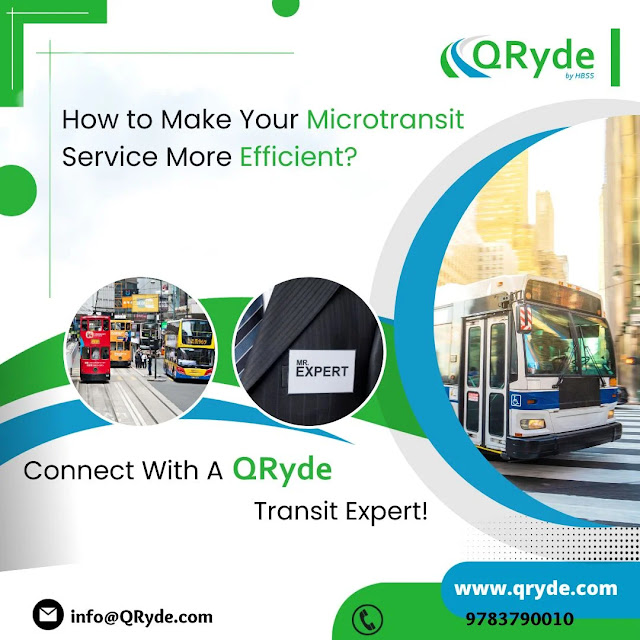Transportation as a Social Determinant of Health: What the Data Tells Us

When we think about health, we often think about doctors, hospitals, and prescriptions. But increasingly, public health experts are recognizing that where we live, how we move, and what we can access plays a bigger role than what happens inside a clinic. Transportation , long overlooked, is now seen as a key social determinant of health (SDOH). At QRyde, we believe that access to safe, reliable, and affordable transportation is essential—not just for mobility, but for health equity . And the data is clear: without adequate transit, entire populations face worse health outcomes. What Are Social Determinants of Health (SDOH)? Social Determinants of Health are the conditions in which people are born, grow, live, work, and age. These include: Economic stability Education access Healthcare access Neighborhood environment Transportation access If someone can’t get to the doctor, a pharmacy, a grocery store, or a job, their health will suffer—regardless of their diagnos...






